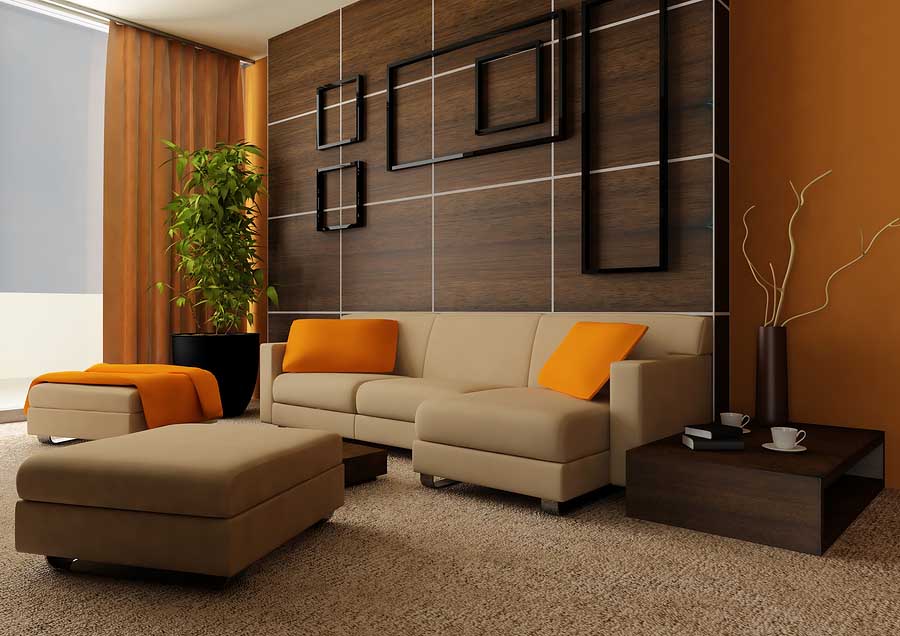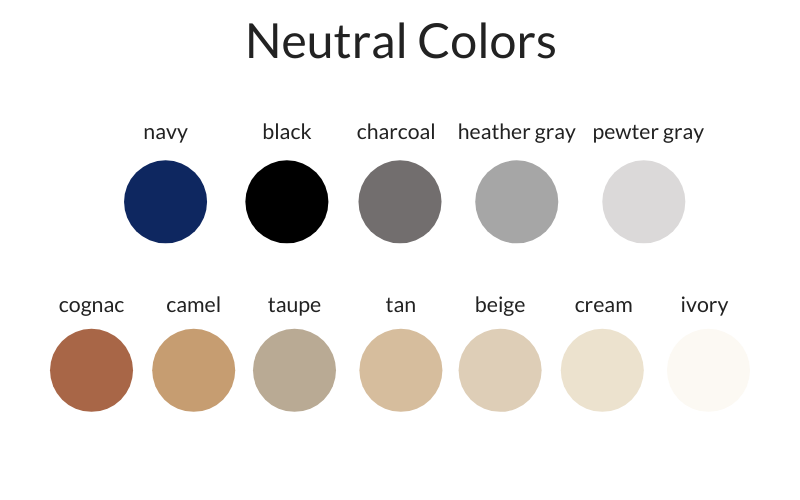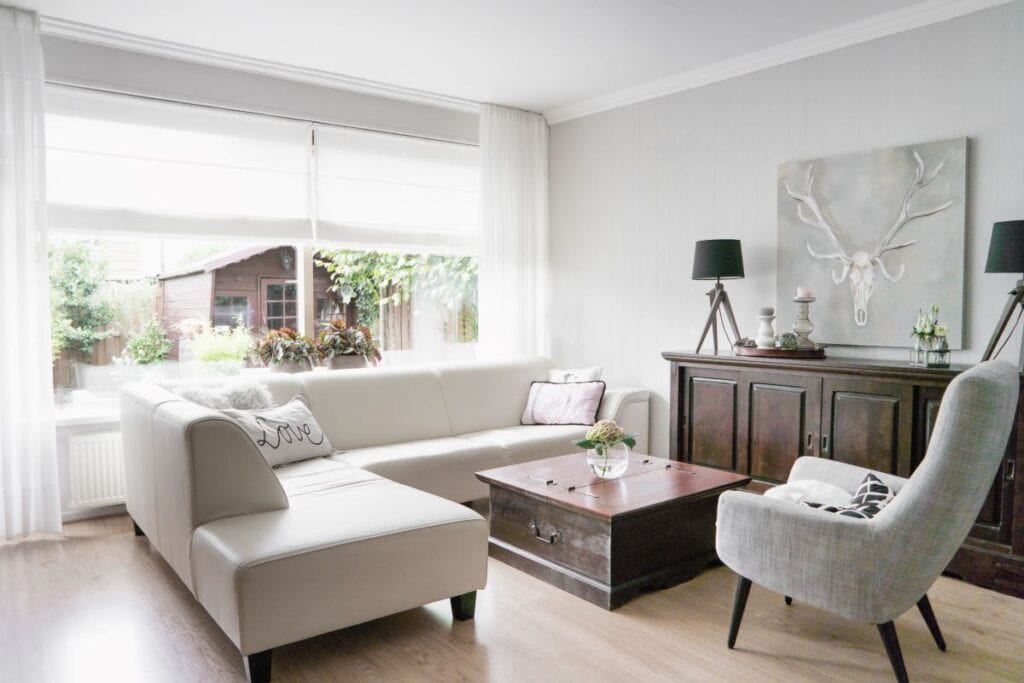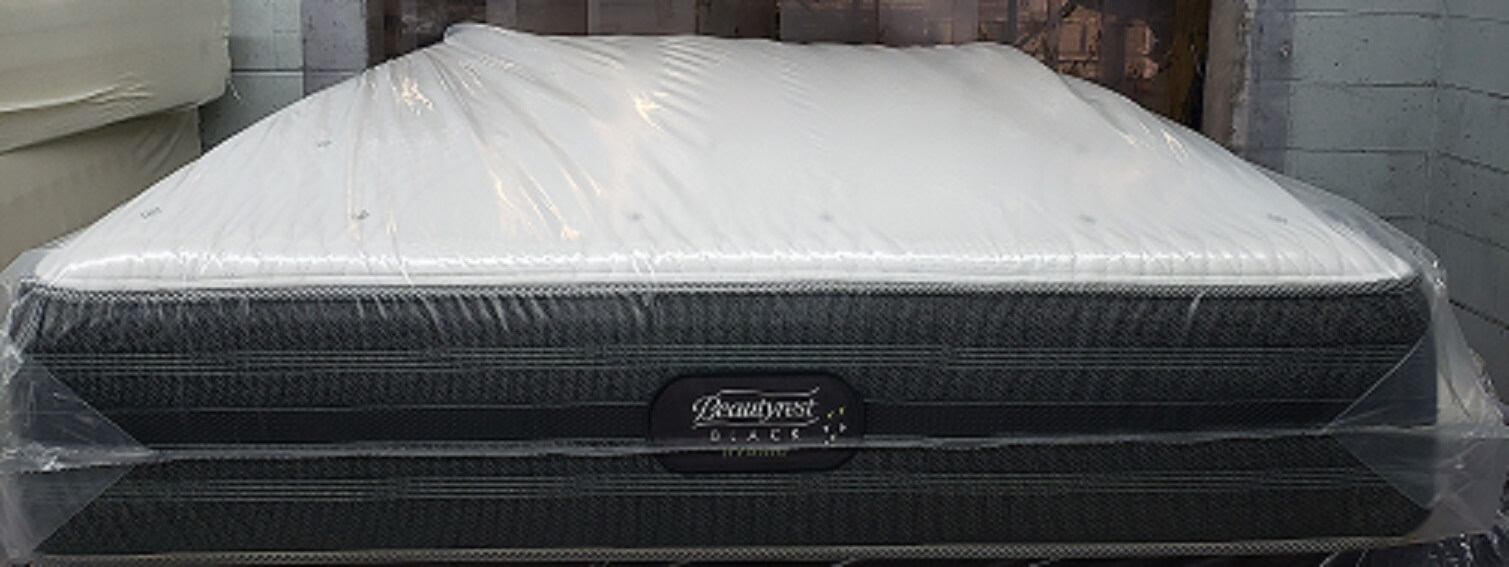Neutral Colors
A small living room can often feel cramped and cluttered, but choosing the right color scheme can help open up the space and make it feel more inviting. One of the best options for a small living room is to use neutral colors. These include shades of white, beige, and gray. These colors create a sense of airiness and can make a room feel larger than it actually is. They also provide a blank canvas for you to add pops of color and personal touches.
Light Colors
Light colors are another great choice for a small living room. By using shades of white, cream, and pale pastels, you can create a bright and airy space that feels open and inviting. Light colors reflect natural light, which can make a room feel bigger and more spacious. They also create a calming and relaxing atmosphere, perfect for a living room where you want to unwind after a long day.
Warm Colors
If you want to add a cozy and welcoming feel to your small living room, consider using warm colors. These include shades of red, orange, and yellow. Warm colors can make a room feel more intimate and inviting, perfect for a small space where you want to create a cozy atmosphere. Just be careful not to overdo it, as too much warm color can make a room feel smaller.
Cool Colors
Cool colors, such as shades of blue and green, are another great option for a small living room. These colors have a calming effect and can make a room feel more spacious. They also work well with natural light, creating a serene and tranquil atmosphere. Consider using cool colors as accent pieces or as the main color for your walls to add a pop of color without overwhelming the space.
Soft Colors
Soft colors, such as blush pink, light lavender, and mint green, are perfect for a small living room. These colors are gentle and soothing, creating a peaceful and relaxing atmosphere. Soft colors can also make a room feel more feminine and elegant. Use them as accents or pair them with neutral colors for a subtle yet sophisticated look.
Pastel Colors
Pastel colors, like soft colors, can add a touch of elegance and sophistication to a small living room. These colors are muted and subtle, making them perfect for a small space where you don't want to overwhelm the room. Pastel colors also work well with natural light, creating a soft and inviting atmosphere. Consider using pastel colors for your furniture or as accent pieces to add a pop of color without making the room feel too busy.
Earth Tones
For a natural and earthy feel, consider using earth tones in your small living room. These include shades of brown, green, and beige. Earth tones create a warm and welcoming atmosphere, perfect for a living room where you want to relax and unwind. They also work well with natural materials and textures, such as wood and stone, creating a harmonious and cohesive look.
Light Gray
While some may think gray is a dull and boring color, it can actually be a great choice for a small living room. Light gray can create a modern and sophisticated look, perfect for a small space. It also pairs well with other colors and can serve as a neutral base for a more colorful decor. Use light gray for your walls or furniture to add a touch of elegance and simplicity to your living room.
Beige
Beige is a classic and timeless color that works well in any room, including a small living room. This neutral color is versatile and can create a warm and inviting atmosphere. Beige also pairs well with other colors, making it easy to incorporate into your decor. Use shades of beige for your walls or larger furniture pieces to add a touch of warmth and sophistication to your living room.
Pale Blue
Pale blue is a great color for a small living room, especially if you want to create a serene and calming atmosphere. This color is soothing and can make a room feel more spacious. Pale blue also pairs well with other colors, such as white and beige, making it easy to incorporate into your decor. Use it for your walls or as an accent color to add a touch of tranquility to your living room.
How to Use Color to Make Your Small Living Room Feel Bigger

Introducing the Power of Color
 When it comes to designing a small living room, color is your best friend. The right color scheme can completely transform the look and feel of a space, making it appear larger, brighter, and more inviting. By strategically using color in your small living room, you can create a sense of space and openness that will make the room feel bigger and more comfortable.
When it comes to designing a small living room, color is your best friend. The right color scheme can completely transform the look and feel of a space, making it appear larger, brighter, and more inviting. By strategically using color in your small living room, you can create a sense of space and openness that will make the room feel bigger and more comfortable.
The Importance of Light and Dark Tones
 When choosing colors for a small living room, it's important to consider both light and dark tones. Lighter colors, such as
pastels
and
neutrals
, can make a room feel more open and airy, while darker colors, like
navy
and
charcoal
, can add depth and create a cozy atmosphere. By using a combination of light and dark tones, you can create a balanced and visually appealing color scheme that will make your small living room feel larger.
When choosing colors for a small living room, it's important to consider both light and dark tones. Lighter colors, such as
pastels
and
neutrals
, can make a room feel more open and airy, while darker colors, like
navy
and
charcoal
, can add depth and create a cozy atmosphere. By using a combination of light and dark tones, you can create a balanced and visually appealing color scheme that will make your small living room feel larger.
Using Contrasting Colors
 Another way to make your small living room feel bigger is to use
contrasting
colors. By pairing light and dark colors together, you can create a sense of depth and dimension in the room. For example, if you have a small living room with a
white
or
light gray
walls, you can add a
dark blue
or
emerald green
accent wall to create a focal point and make the room feel larger.
Another way to make your small living room feel bigger is to use
contrasting
colors. By pairing light and dark colors together, you can create a sense of depth and dimension in the room. For example, if you have a small living room with a
white
or
light gray
walls, you can add a
dark blue
or
emerald green
accent wall to create a focal point and make the room feel larger.
The Impact of Natural Light
 In addition to choosing the right colors, natural light can also play a big role in making a small living room feel bigger. If possible, try to maximize the amount of natural light in the room by keeping windows unobstructed and using sheer curtains or blinds that allow light to filter through. Natural light not only makes a space feel brighter and more open, but it can also enhance the colors in the room, making them appear more vibrant and lively.
In addition to choosing the right colors, natural light can also play a big role in making a small living room feel bigger. If possible, try to maximize the amount of natural light in the room by keeping windows unobstructed and using sheer curtains or blinds that allow light to filter through. Natural light not only makes a space feel brighter and more open, but it can also enhance the colors in the room, making them appear more vibrant and lively.
Consider the Size and Scale of Furniture
:max_bytes(150000):strip_icc()/cdn.cliqueinc.com__cache__posts__261477__small-living-room-paint-colors-261477-1529967317040-image.700x0c-7c625071f3b449bba630089f1fa7dd7c.jpg) When using color to make your small living room feel bigger, it's important to also consider the size and scale of your furniture. Large, bulky pieces of furniture can make a small room feel cramped and cluttered. Instead, opt for smaller,
light-colored
furniture that will blend in with the walls and create a more open and spacious feel. You can also add pops of color with throw pillows or accent chairs to add interest without overwhelming the room.
When using color to make your small living room feel bigger, it's important to also consider the size and scale of your furniture. Large, bulky pieces of furniture can make a small room feel cramped and cluttered. Instead, opt for smaller,
light-colored
furniture that will blend in with the walls and create a more open and spacious feel. You can also add pops of color with throw pillows or accent chairs to add interest without overwhelming the room.
Final Thoughts
 In conclusion, choosing the right color scheme for your small living room can make a huge difference in how the space looks and feels. By incorporating light and dark tones, using contrasting colors, maximizing natural light, and selecting appropriately sized furniture, you can create a visually appealing and comfortable living room that feels much larger than it actually is. So don't be afraid to experiment with color and have fun creating a beautiful and functional space for your home.
In conclusion, choosing the right color scheme for your small living room can make a huge difference in how the space looks and feels. By incorporating light and dark tones, using contrasting colors, maximizing natural light, and selecting appropriately sized furniture, you can create a visually appealing and comfortable living room that feels much larger than it actually is. So don't be afraid to experiment with color and have fun creating a beautiful and functional space for your home.



:max_bytes(150000):strip_icc()/what-is-a-neutral-color-1973822-03-3fab8b5a361d49638d3de1cbaf579a22.jpg)

/Lee-Edwards-Getty-Images-56a5ae653df78cf7728968ec.jpg)




/clark_Kensington_neutrals-57db7f2e5f9b5865164b7baa.png)










/GettyImages-79252233-0fd22351a7e24bbcb83f32332e4da099.jpg)







































































:max_bytes(150000):strip_icc()/beige-color-pairing-ideas-3-becca-interiors-project-x-00275dcc416342e686470c095c844af0.jpeg)






/beige-color-meanings-1073959-c246a295c72341149b5b90c47f3904c1.png)
























